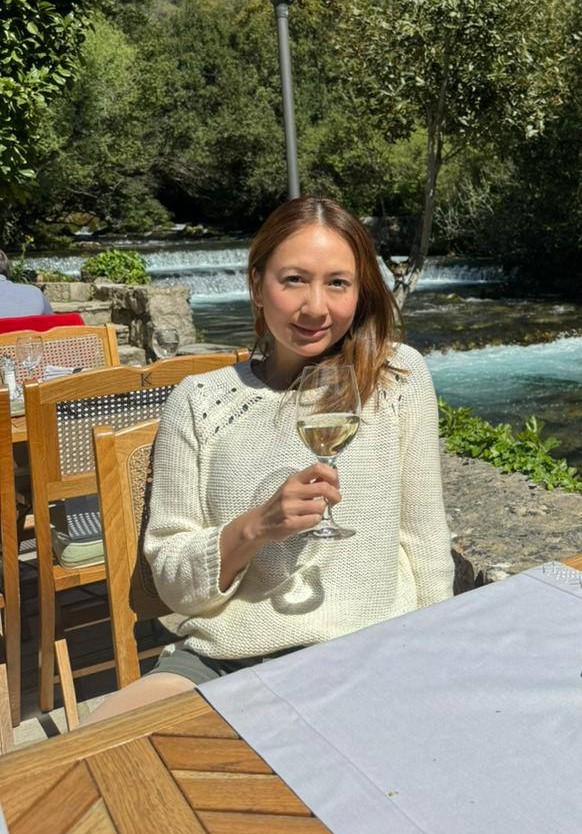There’s no other comfort quite like home cooked Filipino food. Valerie Zayco, Dinggay Juico Villanueva, Jojie Dingcong, and Erica Nocom talk to Lifestyle Asia about their favorites and what makes them special.
April has been declared Filipino Food Month since 2018. It’s been a way to celebrate and advocate for our local dishes, ingredients, and farmers. In turn, the month spreads awareness and appreciation for Filipino culinary history and heritage.
In honor of Filipino Food Month, Lifestyle Asia asked Valerie Zayco, Dinggay Juico Villanueva, Jojie Dingcong, and Erica Nocom what their favorite traditional dishes are and what it means to them.
READ ALSO: Beyond Customary Flavors: The Multifaceted Landscape Of Filipino Food
What is your favorite Filipino dish?
Valerie Zayco: My favorite Filipino dish is ginataang kalabasa.


Dinggay Juico Villanueva: Sinigang.
Jojie Dingcong: I love roasted suckling pig. I love lechon, our national dish and a truly Pinoy bacchanalian treat.
Erica Nocom: Sinigang na baboy.
Can you describe its flavors?
Valerie: I love the creaminess of the coconut milk and the sweetness of the squash. It works well with so many dishes like adobo flakes or grilled seafood or pork. I love combining it with bagoong for that salty, umami kick.
Dinggay: It’s a Filipino soup dish that’s both sour and savory. It uses different souring ingredients—tamarind, kamias, guava, calamansi.


Jojie: The Bacolod or Negrense lechon is cooked with bundled lemongrass leaves, so I just love the minty, spicy smell. I love lechon for I love the flavors and sound of crackling crunchy skin. Best for me are lechon simply flavored in rock salt, it’s the yummiest for me. Salt adds a real enhancing, balancing flavor to it.
Erica: It has a distinct smell which consists of a mix of onions, tomatoes, tamarind, taro, and pork broth. The soup is thick, hearty, and tasty. The tamarind makes the broth sour and tangy while the taro balances it out.
What makes this dish special for you?
Valerie: My son loves squash, it was his first solid food when he was a baby. He loved it so much he turned orange because I was feeding him so much of it! It’s our family’s favorite comfort food and I cook it all the time.
Dinggay: It was a staple dish growing up, a comfort food for me. It evokes memories of Sunday lunches in my Lola’s house.


Jojie: Lechon is a staple in all celebrations and milestones. It’s a staple in our very fiesta oriented culture. For me personally, a real celebration is not complete without lechon.
Erica: The dish is special because it reminds me of my childhood. This was back then, when this broth was boiled for hours (unlike the pack today) with its smell filling the house. It’s perfect when paired with rice.
Where do you usually get this dish?
Valerie: I just made up my own version and I love adding malunggay when I cook it.
Dinggay: Sinigang is best eaten at home in your home clothes. I love how it was cooked in my Lola’s house.


Jojie: I love Bacolod style of lechon making. No frills, no stuffing. The star is purely the piglet and its authentic real taste. No drama and zero disguises. It’s all about the porcine flavors, darling. If you want to eat binagoongan, order it separately. That’s the core for me.
In Manila, I like General’s Lechon and also Gatchalian’s. It’s the perfect lechon for my taste. My number one requirement: the skin’s crunch. It’s half of the joy of eating lechon.
Erica: I usually make my own sinigang since each one has its own timpla (mixture). I prefer mine extra sour and most restaurants do not cater to this. Despite this, I keep ordering it, hoping I can find the best one!
Banner image from Valerie Zayco.





